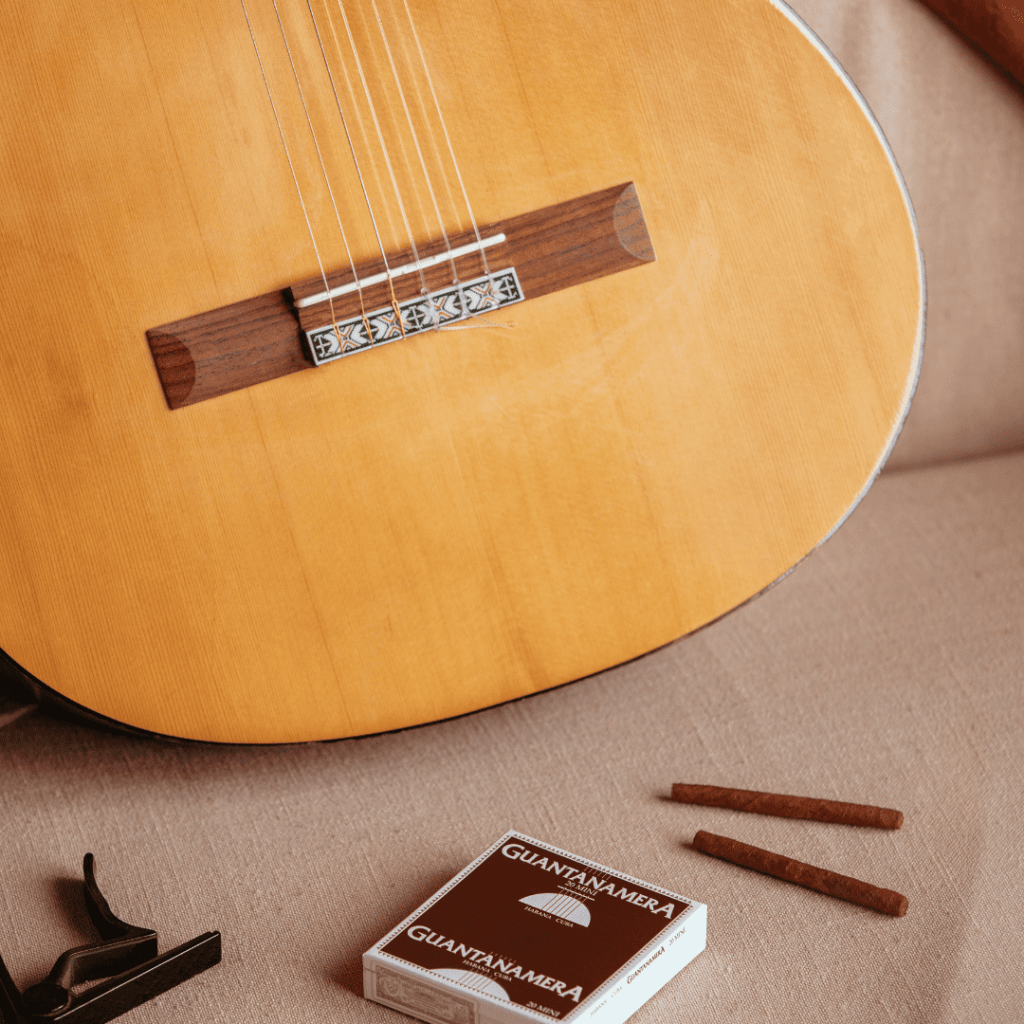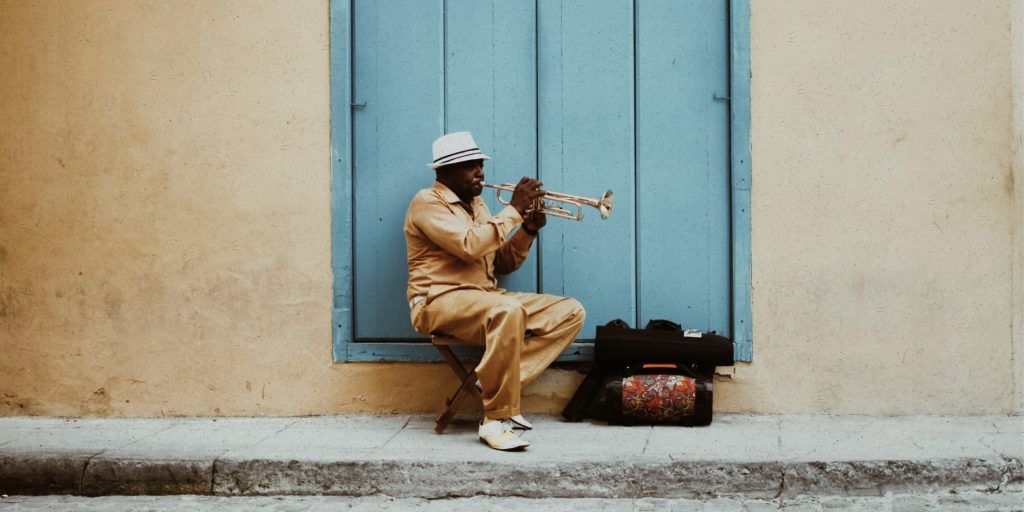If you need an extra boost to welcome the new season, Cuban son, mambo, and salsa will be your allies. Lighting up a Cuban mini cigar while listening to the best melodies from the island will complete your experience.
Cuban music is one of the most influential cultural expressions in the world. Its roots, influenced by African, Spanish, and Caribbean elements, have given rise to diverse genres that not only define the cultural identity of the island but have also captured hearts around the globe.
During the Spanish colonization, thousands of Africans arrived in Cuba, bringing with them a rich rhythmic and cultural tradition that soon fused with European styles. This blend gave birth to a completely new sound, where African rhythms intertwined with Spanish melodies and Cuban instruments such as maracas, bongos, claves, and the tres (Cuban guitar).
One of the first genres to emerge from this amalgamation was Cuban son, a style that combines European melodies with African rhythms and laid the groundwork for many genres that today define Cuban music, such as mambo, chachachá, bolero, and salsa.
Groups like Buena Vista Social Club rekindled interest in traditional Cuban rhythms in the late 20th century, demonstrating that the music of the island remains a powerful cultural force. In fact, one of the most significant milestones in Cuba’s cultural history was the birth of Nueva Trova in the 1960s, a musical movement led by artists like Silvio Rodríguez and Pablo Milanés.
Mambo, which originated in the 1930s, combined syncopated African rhythms with melodic influences from European music. It reached its peak in the hands of musicians like Arsenio Rodríguez and Pérez Prado, taking this rhythm to international stages. With its infectious energy, mambo is characterized by the use of wind and percussion instruments, creating a vibrant and dynamic auditory experience that invites you to move to its fast-paced beats.
When it comes to salsa, it has a woman’s name: Celia Cruz. The queen of this style has been one of the most recognized voices of Cuban music worldwide. Her voice and smile have crossed borders, making “¡Azúcar!” synonymous with “La Guarachera de Cuba.”

Today, Cuban music continues to be a source of inspiration for musicians worldwide. Genres like Latin jazz and timba continue to evolve and experiment with new sounds, showing that the musical roots of the island are more alive than ever.
This blend of tradition and innovation is shared with another of the island’s hallmarks: being the land of the best black tobacco in the world. Turn up the volume, light a Guantanamera Mini, and feel the joy and passion of Cuban music.




